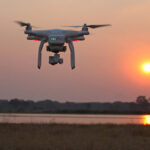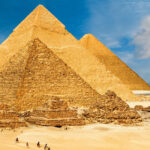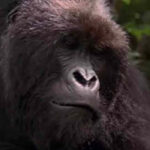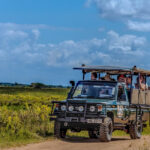So you can HDR but can you do it in one shot and without filters?
blending, challenge, exposure, filters, HDR, high dynamic range, highlights, image, Landscape, midtones, ND, neutral density, Photography, shadows, single
High Dynamic Range or HDR in it’s shortened form has opened up many new avenues for photography. HDR is a process of blending multiple exposures together to better reproduce the dynamic range of the scene and for the most part it’s a very useful tool indeed. I myself have done many experiments into HDR using bracketing of frames to produce multiple exposures which I can later blend BUT all that blending does take up a lot of time in post processing.
Just doing one image blend with 7 exposures with some fine tuning and manual blending included you can easily spend 1-2 hours to get the image perfect. In some cases it might be worth it to take a very special moment you captured on film and to spend that time working the image to perfection. While this can and does produce some very special effects within images I still find HDR, no matter how well executed, to lack something truly special, an ambience that only a single shot exposure carries.
One exposure requires finding the perfect moment to capture the image.
While some may argue that we’re now in the digital world and we must all move to new and wonderful ways of processing images I say yes and no to that argument. I will use HDR when I find it necessary and with many shoots I will bracket exposures regardless but my primary goal is always to get it right with one exposure. I find simply bracketing exposures on every shoot with the intention of later blending and “fixing” it in photoshop makes one a rather lazy photographer because you tend to find a recipe, set up, compose, bracket and go home to fix. Guilty as charged.
While this approach may be perfectly okay for some I enjoy photography because it challenges my mind. I myself got into a trap for a short while of merely relying on bracketed exposures for nearly all shoots. There were many days when I was too lazy to get out filters and do it properly so it was much easier to just bracket my exposures and do the hard work later in Photoshop.
In the end I was just finding HDR was totally lacking something very special, HDR just looked too perfect and NOT at all how the eye saw it. HDR fanatics (myself included) continually fool themselves into believing that the end product they produce through HDR and image blending is a faithful representation of what they saw, but of the many many photographers I know only a few ever take real notice of what the scene really looks like. The others have their eyes stuck permanently behind the viewfinder relying solely on the camera to capture all the necessary bits of information. I make a point of studying very carefully the scene’s I record and do my best to etch them in my mind, right down to the tiniest details and by doing so I manage to find some very special elements of an image that HDR tends to over-produce and in most cases actually ruin. Shadow areas of an image, for example, are crucial to the depth and feel of an image yet HDR fanatics tend to, what I call rape the shadow areas, lightening them up much more than they appeared to the human eye and it’s so easy to fall into this trap with HDR. Again .. guilty as charged 🙂
In the last year I have slowly forced myself back to basics, getting exposures perfect with a single exposure, without filters and without bracketing. It’s not always easy depending on light conditions but actually a lot of the time it is and it all comes down to timing, planning and using all available and natural elements to control the flow of light into the camera.
I’ve enjoyed my journey with HDR and I do know I will still use HDR methods for certain work but with landscape, nature and some other forms of photography I’m finding the step back to basics to be producing very special images like none other and it’s made my photography all that more interesting and challenging again. The mental challenge has always been my driving force and it’s good to have that old friend back at my side.




